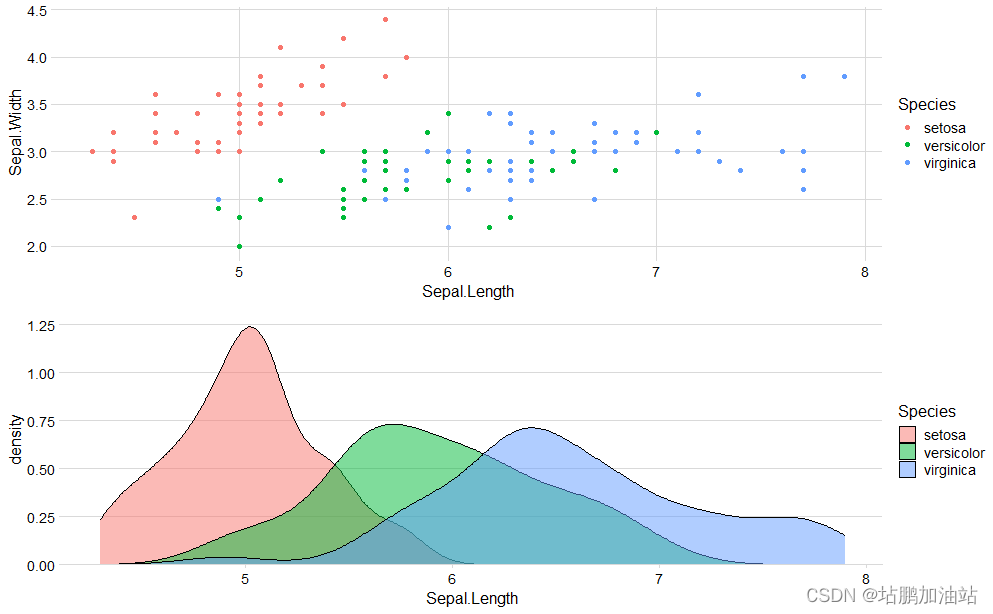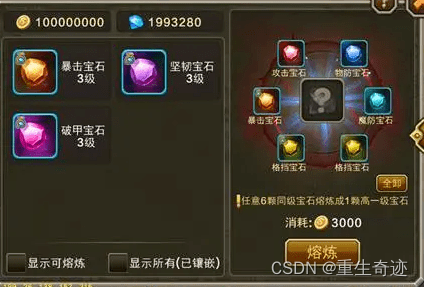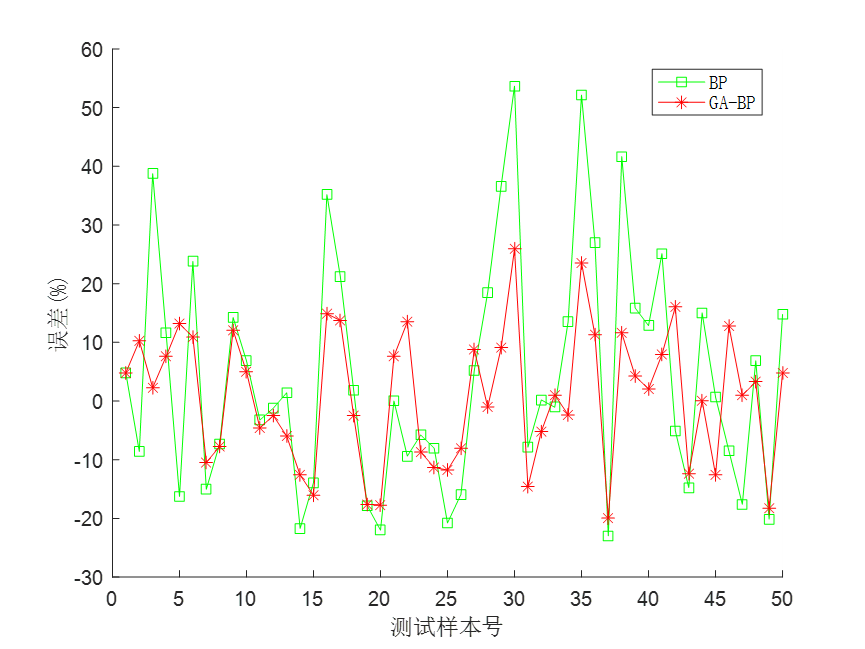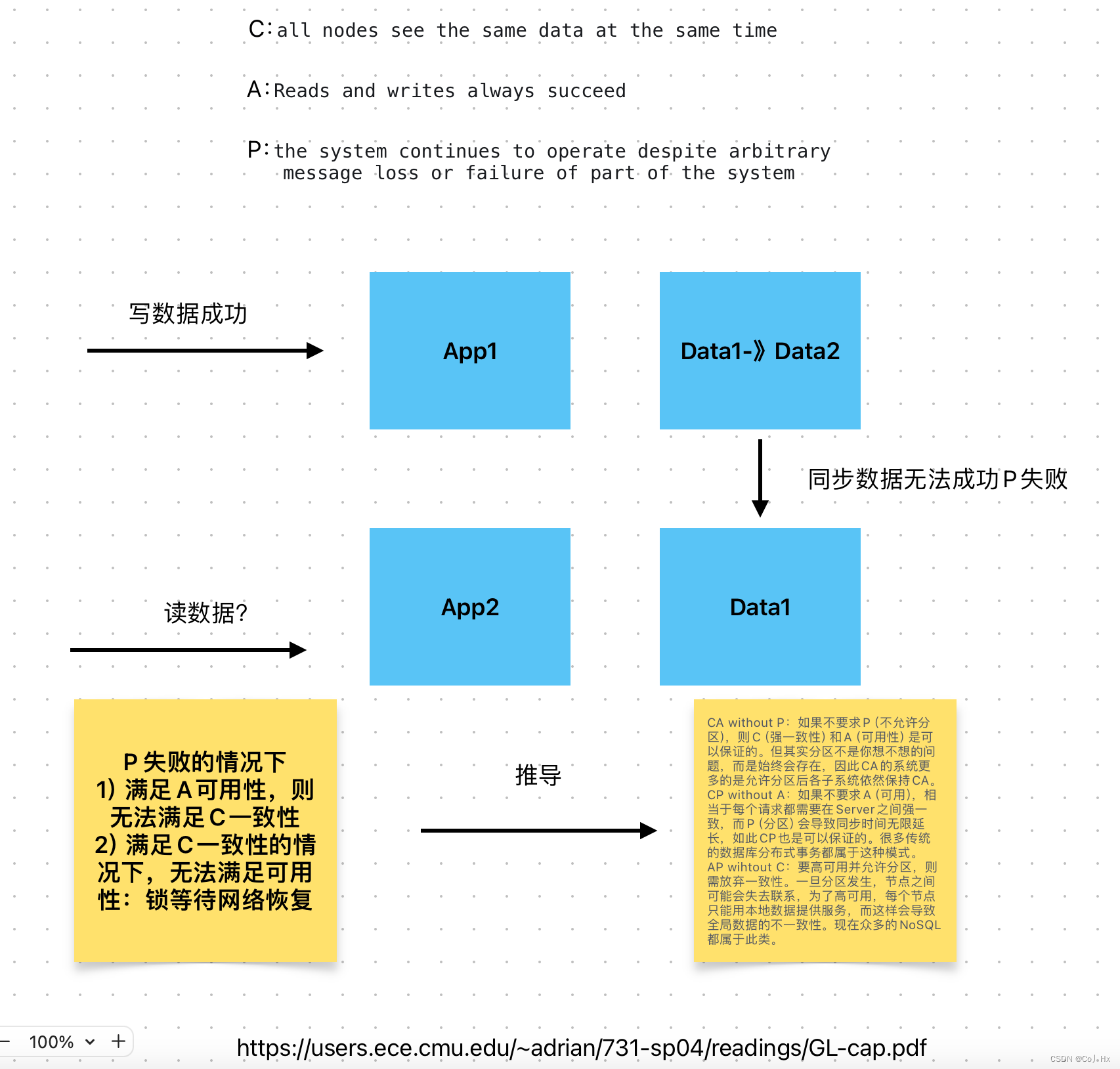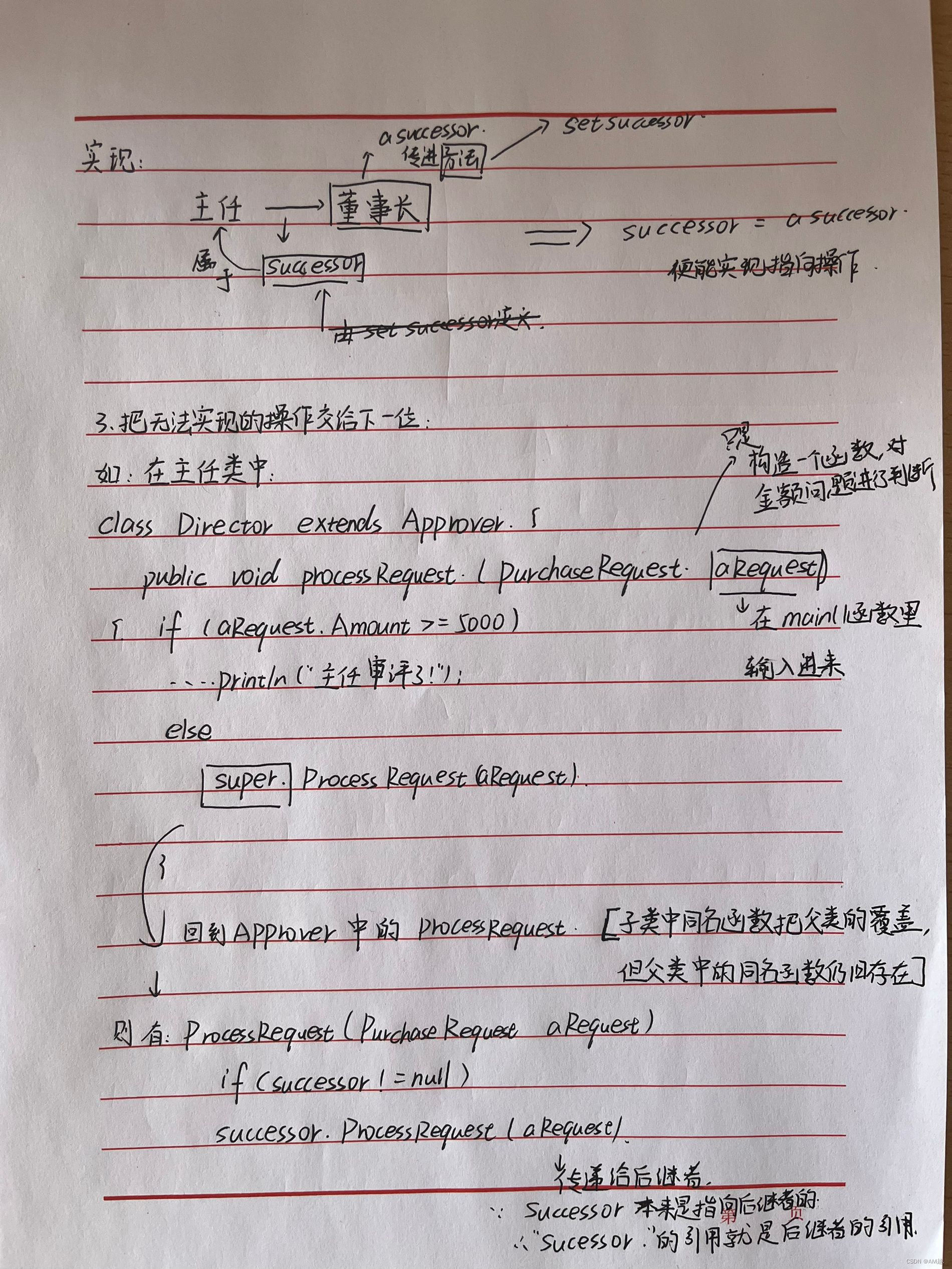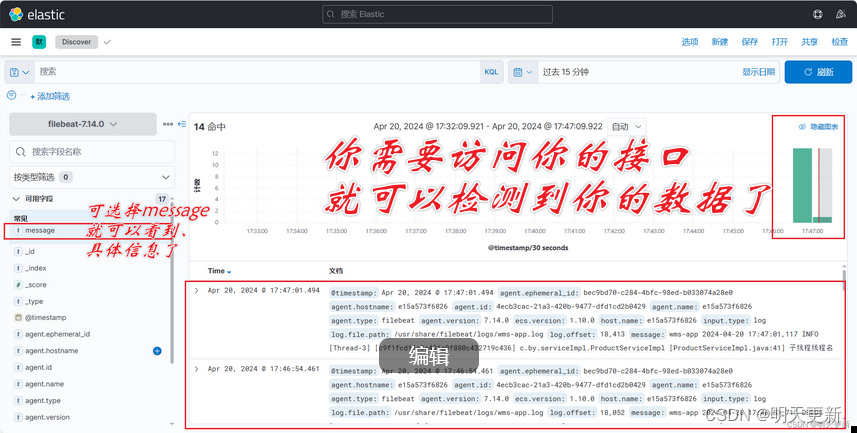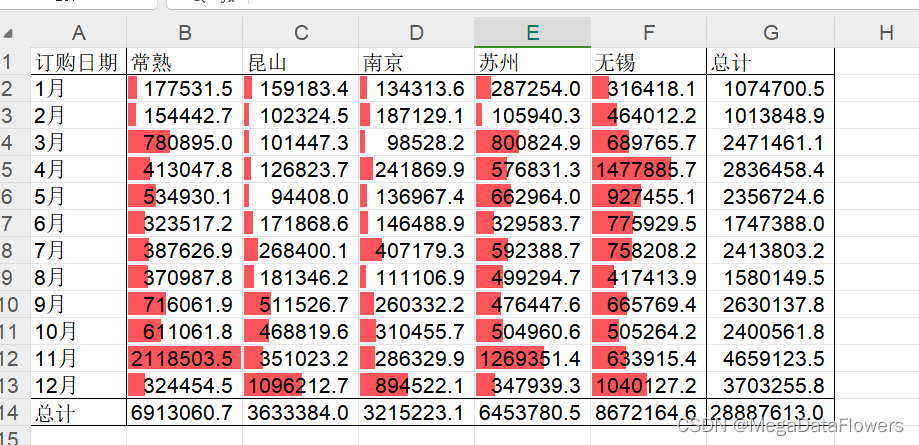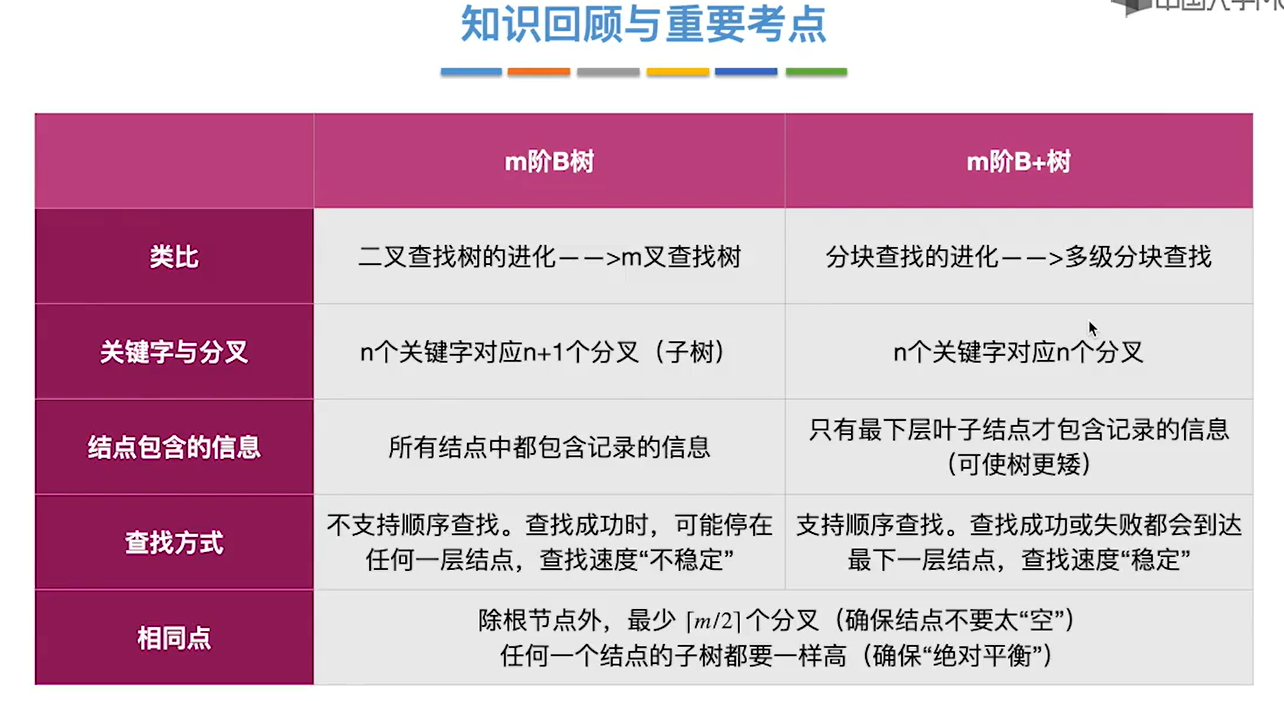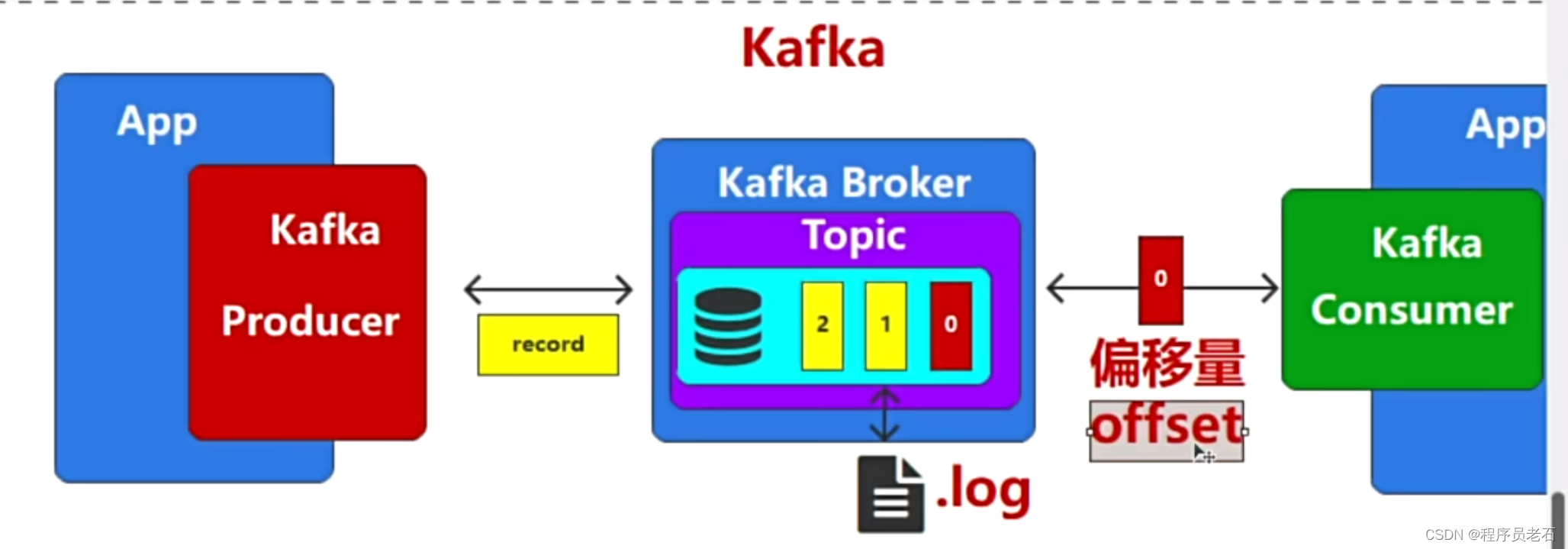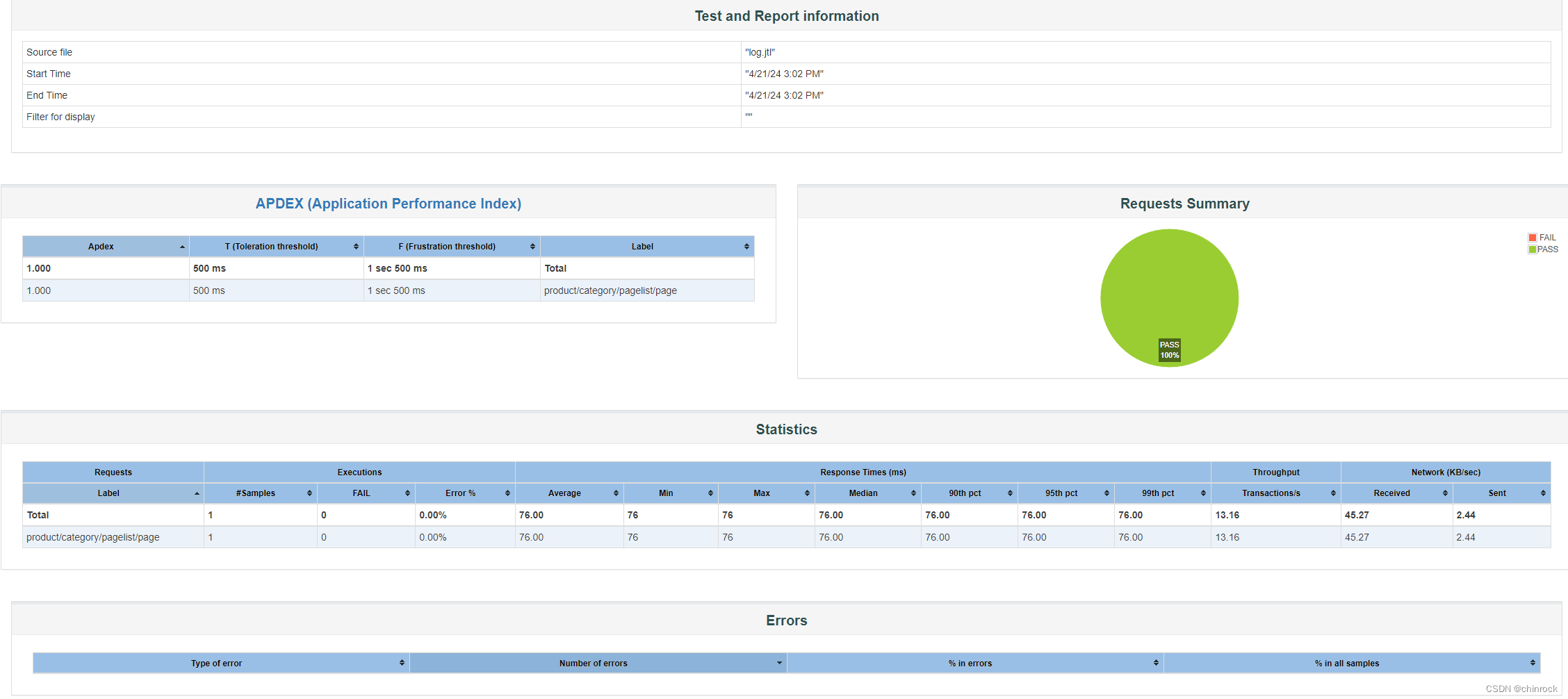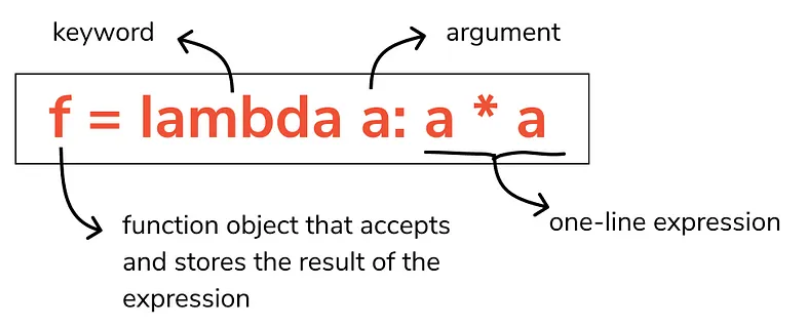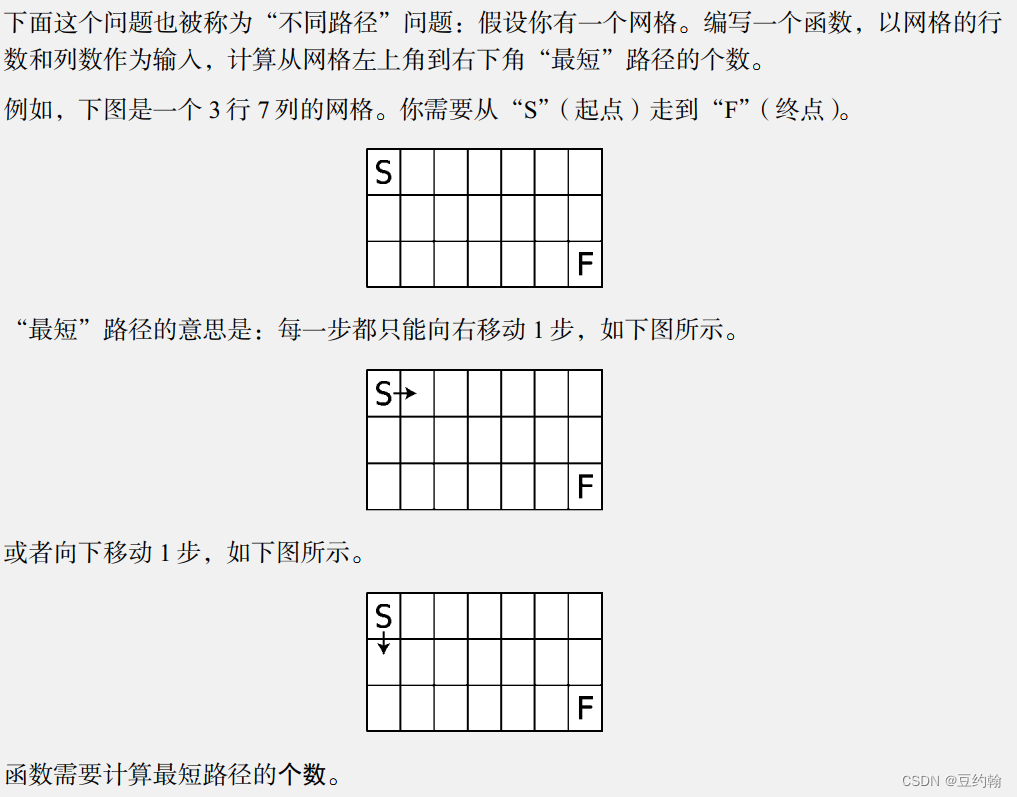1 Title
Diffusion Convolutional Neural Networks(James Atwood and Don Towsley)【NeurIPS 2016】
2 Conclusion
This paper presents diffusion-convolutional neural networks (DCNNs), a new model for
graph-structured data. Through the introduction of a diffusion-convolution operation, it shows how diffusion-based representations can be learned from graphstructured data and used as an effective basis for node classification.
3 Good Sentences
1、Working with structured data is challenging. On one hand, finding the right way to express and exploit structure in data can lead to improvements in predictive performance; on the other, finding such a representation may be difficult, and adding structure to a model can dramatically increase the complexity of prediction and learning.The goal of this work is to design a flexible model for a general class of structured data that offers improvements in predictive performance while avoiding an increase in complexity(The current challenges and the motivation and targets of this paper)
2、To accomplish this, we extend convolutional neural networks (CNNs) to general graph-structured data by introducing a ‘diffusion-convolution’ operation. Briefly, rather than scanning a ‘square’ of parameters across a grid-structured input like the standard convolution operation, the diffusion-convolution operation builds a latent representation by scanning a diffusion process across each node in a graph-structured input.(The creations of this paper has done for solve this problems)
3、DCNNs are realized as a series of operations on dense tensors. Storing the largest tensor(, the transition matrix power series) requires O(
) memory, which can lead to out-of-memoryerrors on the GPU for very large graphs in practice. As such, DCNNs can be readily applied to graphs of tens to hundreds of thousands of nodes, but not to graphs with millions to billions of nodes.*(The limitations of this method)

